Login
Login Screen
To access the Eleveo Quality Management application, enter the address of your server in the browser. On the landing page, click the QM Login button.
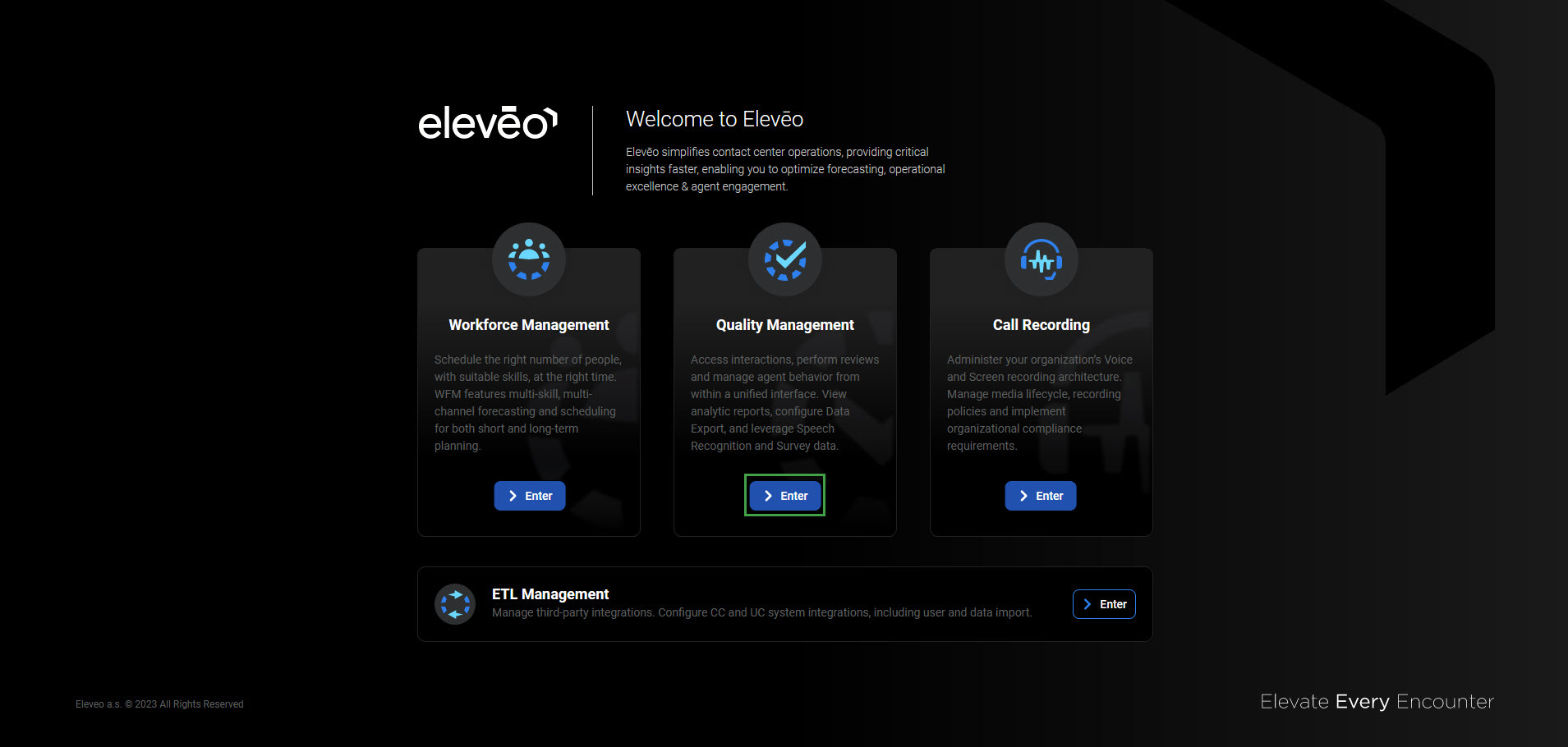
Alternatively, use the URL: https://<FQDN>/qm. The login screen will display.
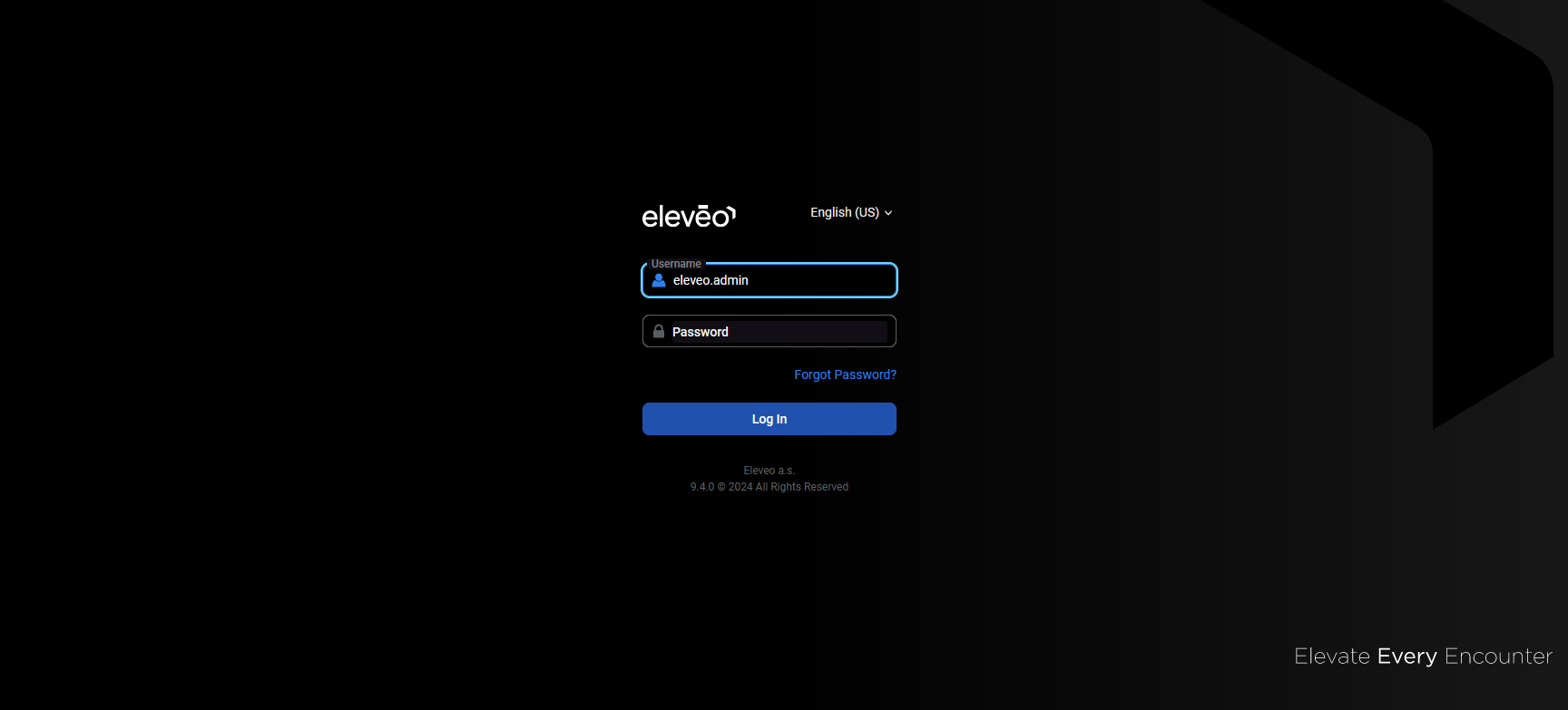
Enter the user credentials (username and password). If needed, change the application language. More details about the language selection can be found on the Switching the Language page. Then click on Log in.
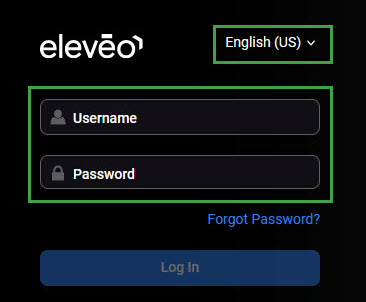
Users imported from UCCE/X can log in using the UCCE/X credentials and are authenticated against UCCE/X.
A fresh installation has only a limited number of Default Users preconfigured.
Setting a New Password
If a password was set as temporary, it needs to be changed during the first login. By design, the system requires that enhanced complex passwords be used (see the page Managing Password Policies for details).
The following notification will appear:
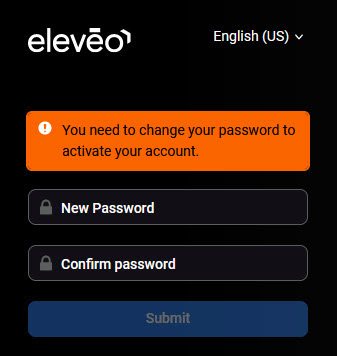
Provide a new password and click Submit.
Logging in via UCCE Single Sign-On
For users imported from UCCE who have SSO enabled, an additional UCCE SSO option is available. Click the UCCE Login button.
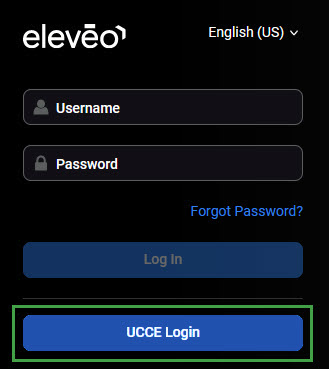
An organizational SSO login page is displayed, where you can enter the credentials.
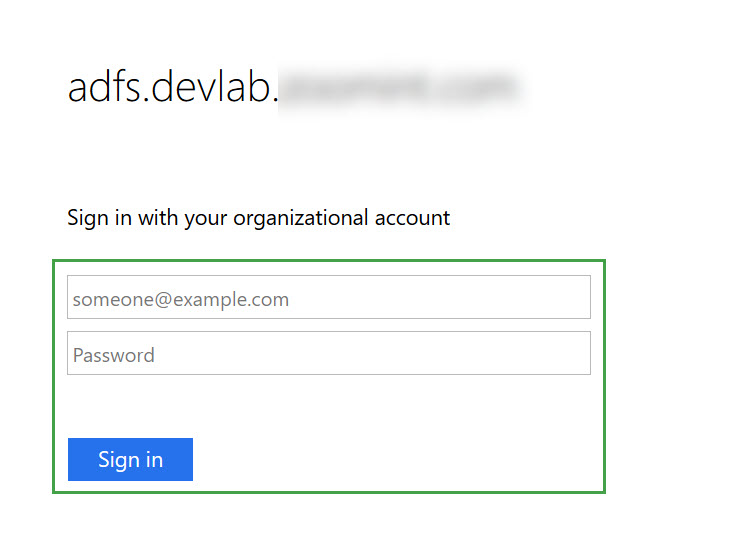
Successfully logged-in users will be taken back to the application.
In order to be able to use the UCCE SSO option, the UCCE needs to be configured as an Identity Provider by an administrator.
As a result, a new ucce-sso button will display on the login screen.
Only UCCE users who were successfully imported into User Management (and have SSO enabled) can log in using SSO. The credentials of a user not yet imported will not be recognized, even if they are correct. The following error will display:
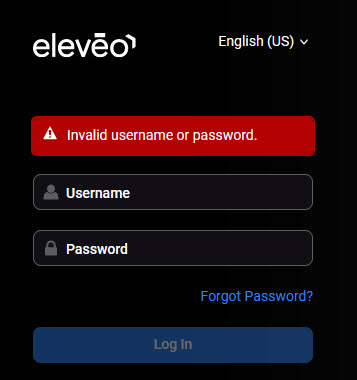
For the imported users, the following rules apply:
UCCE users who have SSO enabled should log in using the UCCE Login button only.
UCCE users who have not SSO enabled should log in using the user/password form only.
Local users (manually added to User Management) should log in using the user/password form as well.
Multiple instances of the application opened within the same browser share the same server-side session.
Logging in multiple users within the same browser is not recommended. This will invalidate the user session and prevent the correct functioning of the application. Use a different browser or incognito mode if it is necessary to use multiple accounts on the same workstation.
Logging into a second browser (or switching to incognito mode) will invalidate the original user session.
Logging Out
To exit the application, click on the User Profile button or the username in the bottom left corner of the screen and then click Sign Out.

The application will close, and the login screen will be displayed again.
Users enabled for single sign-on are at risk of having their accounts misused by others if the browser is not closed completely. If the browser is left open, a different user can access the application from the browser page without entering any credentials.
Changing a Password
To change a password or retrieve a forgotten password, follow the procedure described on the page User Profile and Password.
